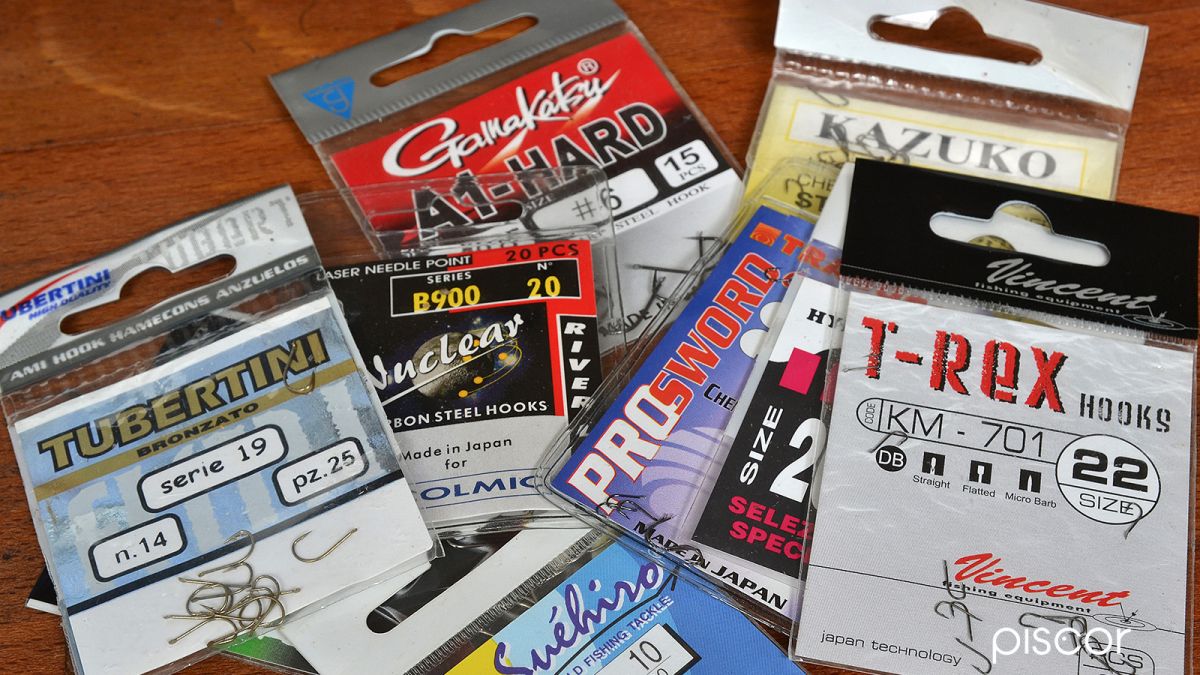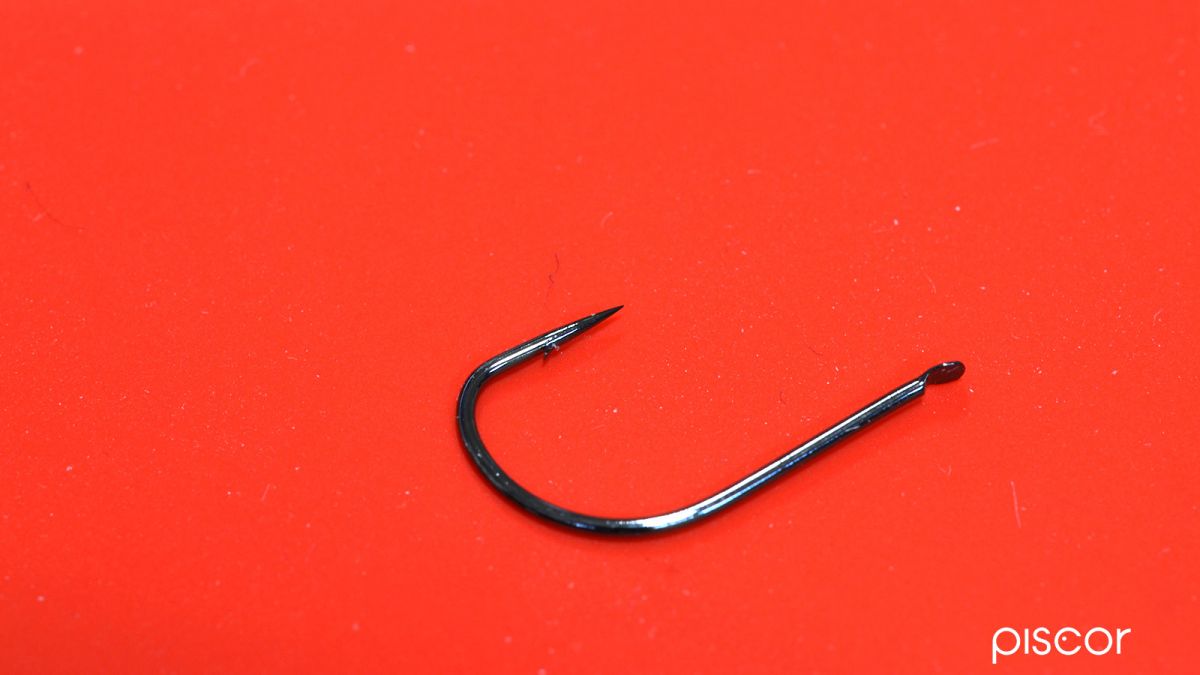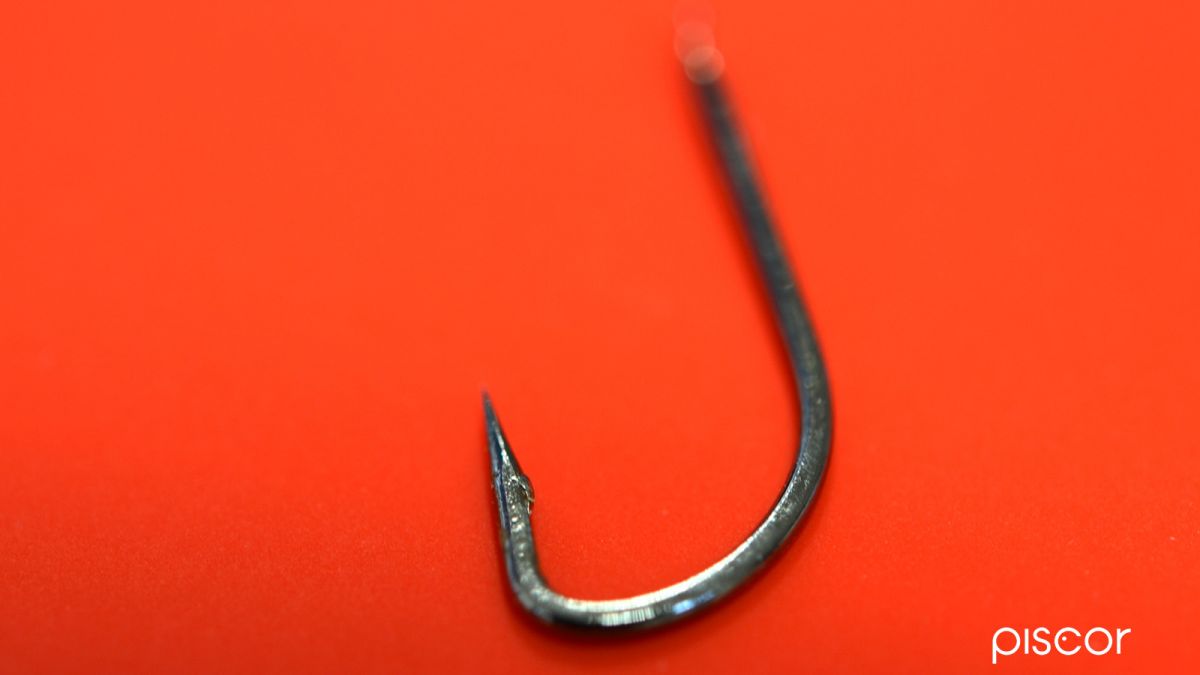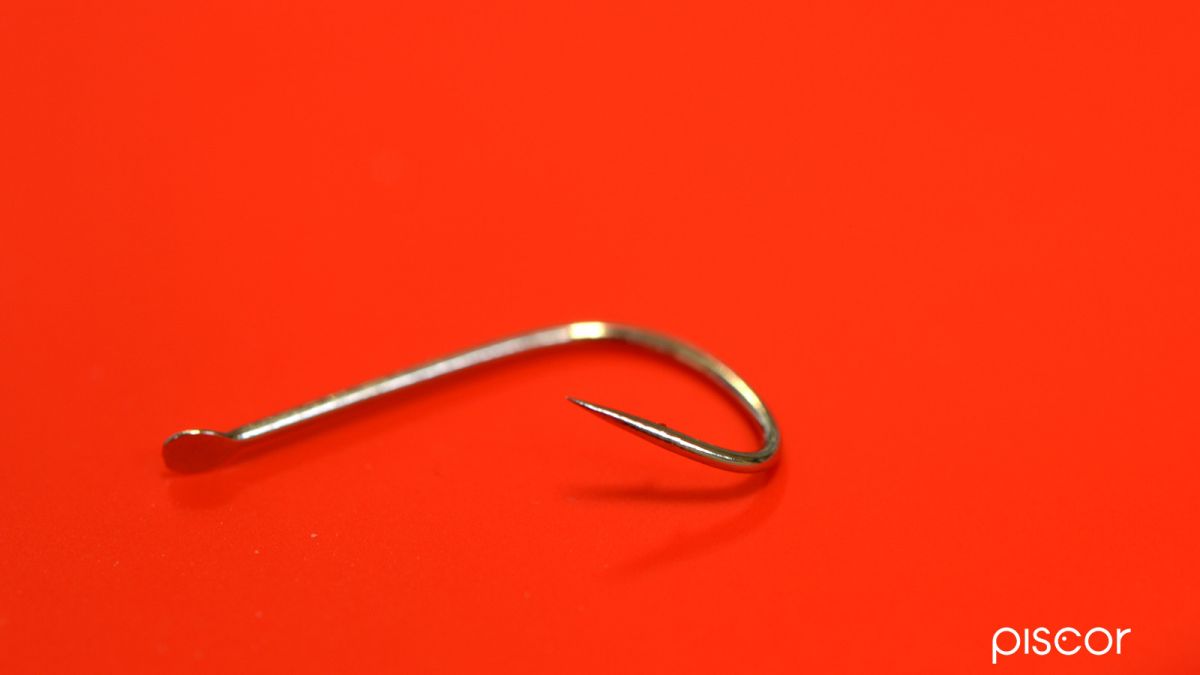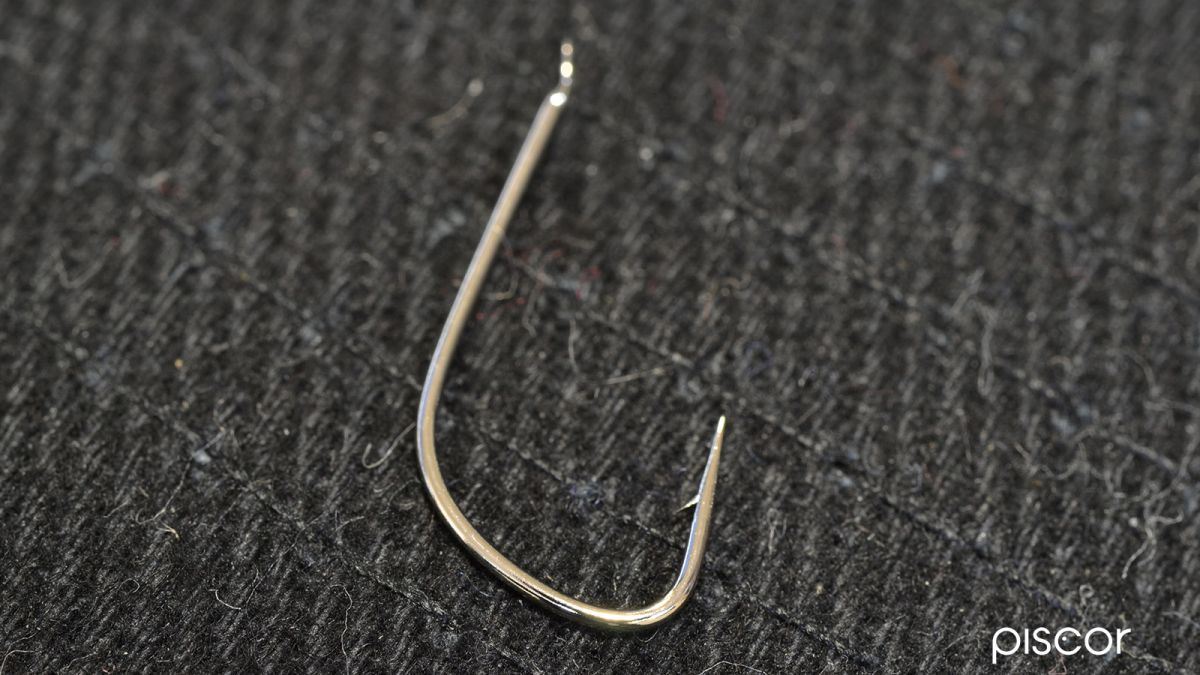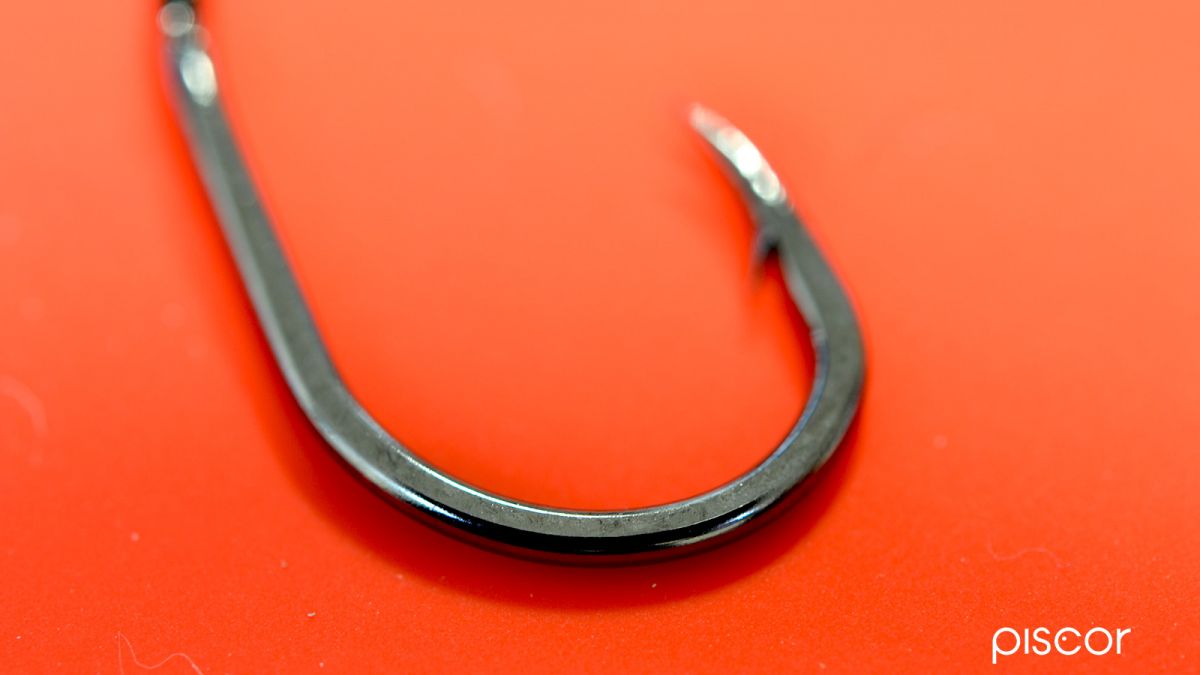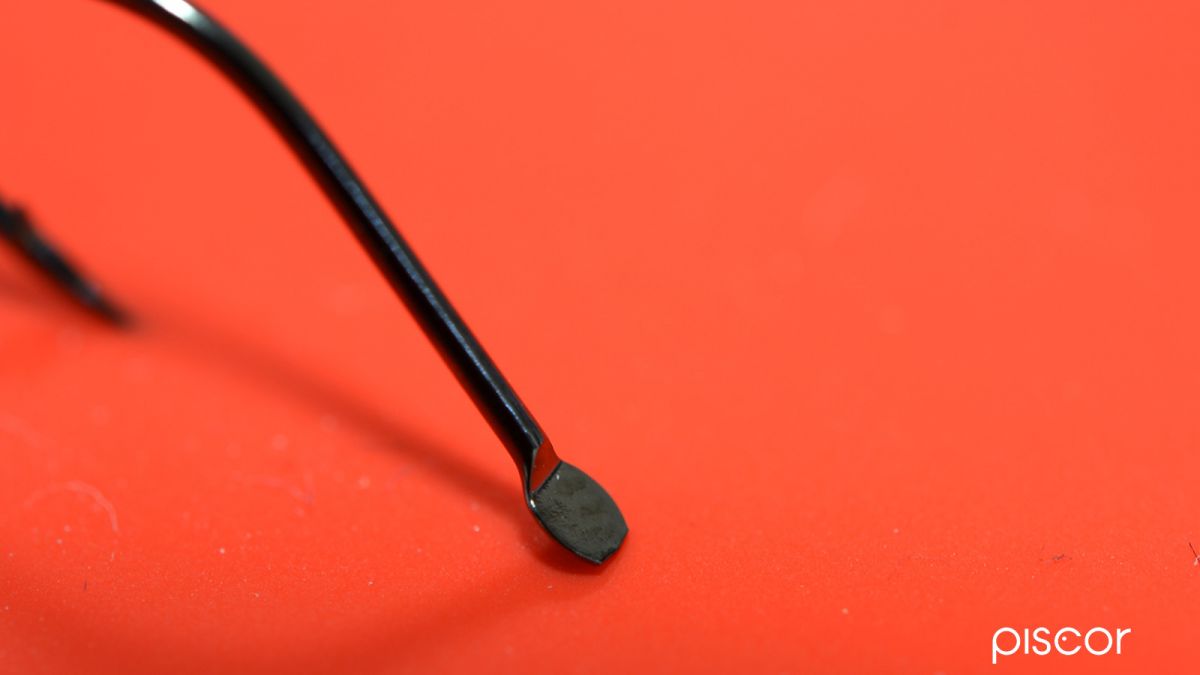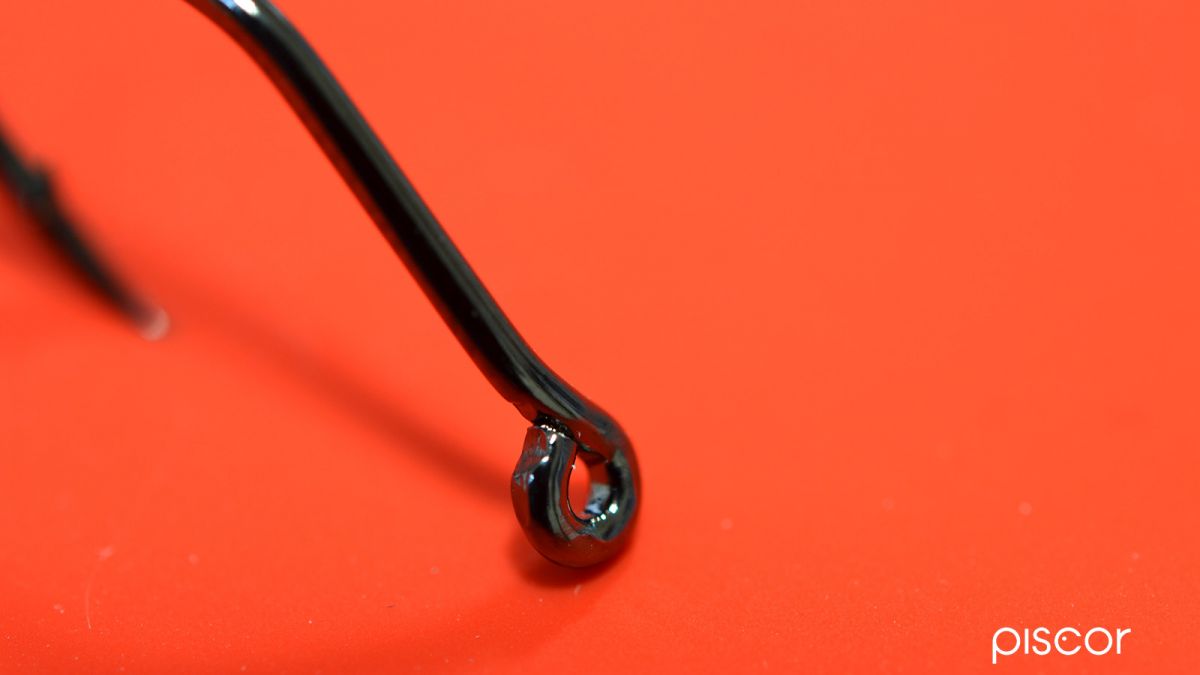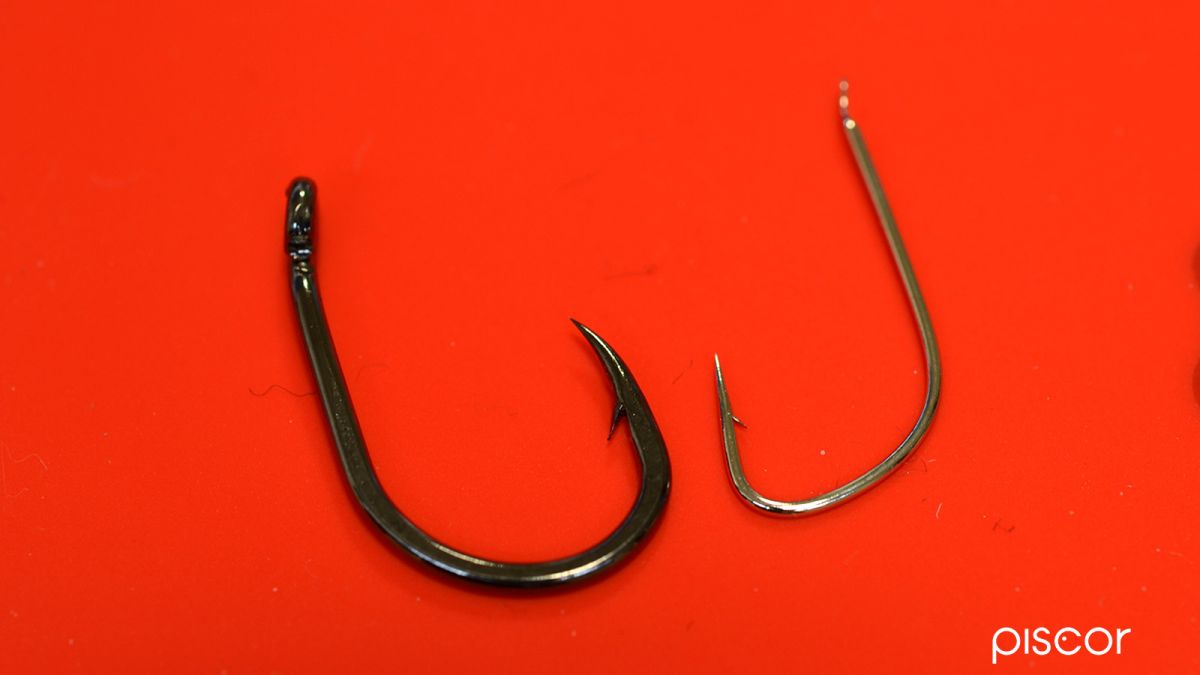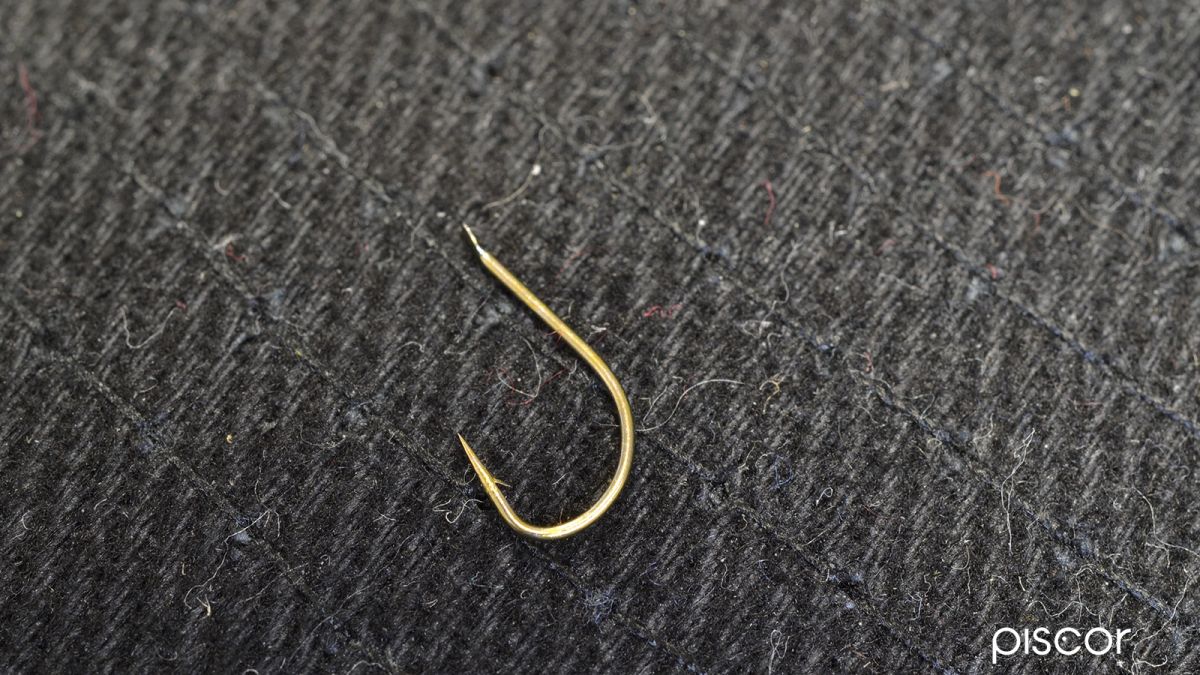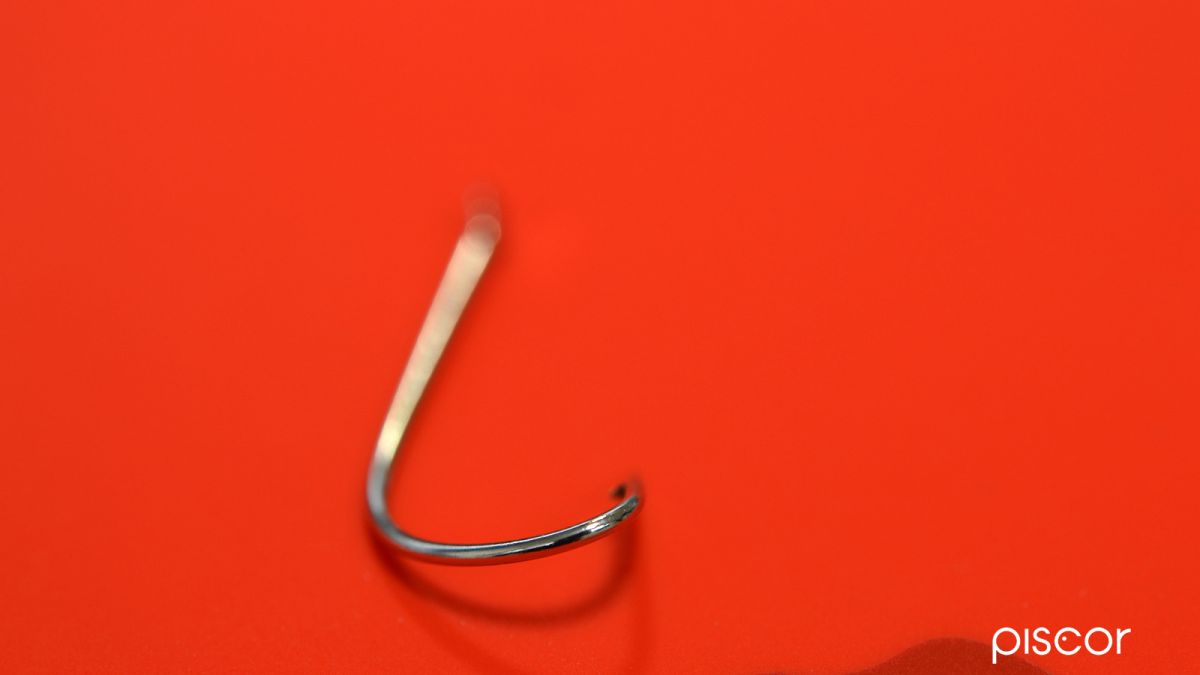The fishing hook is the instrument, the accessory, which is distinguished by being the first element of the fishing apparatus to come into contact with the fish.
We can also say that it was one of the first inventions of mankind, because since the dawn of our species, man was forced to work hard to catch fish in order to meet the most basic of their needs, or feed. Using what was already available in nature, such as pieces of wood, animal bones or shells, the first rudimentary fish hooks were made.
The fish hook therefore has very ancient origins and today the conception of such an object is far from that which characterized it in a very distant past. Nowadays, in fact, hooks are made of high quality steel and chemically sharpened tips, devices that make them practically indestructible. There are several types available on the market that differ from each other for characteristics, so below we will analyze them one by one, in order to provide a complete overview on this subject.
THE SHAPE
The most striking thing when we look at a hook is undoubtedly its shape. But what do we mean by the shape of a hook?
It is simply its appearance, that is, how it looks before our eyes, it is the expression of a set of characteristics peculiar to that specific object. It is influenced mainly by three elements, which are:
- stem
- curvature
- tip
The stem is the natural continuation of the thread and can have different lengths. It can vary leading to long, medium and short stem hooks.
The curve is the part between the stem and the tip of the hook. This can be round or more or less angled.
The tip, on the other hand, can be straight or recessed, more or less long, and offset or warped with respect to the stem and characterized by the presence or not of the barb.
THE STEM
Long-stemmed hooks are not very common in Bolo fishing. In fact, they are used in circumscribed situations such as, for example, the presence of fish capable of damaging the rig with their teeth; in the sea in the most frequent cases they are bogue and oblade. In fact, with the use of the long-stemmed hook, the possibility that the mouth of the fish comes into contact with the line is reduced, thus preserving its integrity.
These hooks, however, by virtue of the length of this segment, which acts as a greater lever during the fight with the fish, tend to facilitate the unhook of the fish, this is due, in addition to the length of the stem, also to the low amplitude of the curvature of the hook.
The long-stemmed hooks are also used when we use as bait roundworm, as they allow you to place on them both the excess part of the bait and the one that covers the tip and curvature.
The short and medium-stemmed hooks, usually, are the most used, they thanks to the greater distance between the point and the stem and, therefore, thanks to a wider curvature, allow a better and more effective penetration of the hook, thus reducing the risks of unpleasant unblocked.
THE CURVATURE
As far as the curvature is concerned, instead, as already mentioned, it can be round or more or less angled. A round and wide curve is capable of accommodating voluminous baits, such as a shrimp or crab, for example.
The more the curvature is angled, the more the space in which to place the bait is reduced. Usually, with rather angled curvatures, there is a tendency to trigger almost exclusively maggots and sea worms.
THE TIP
The tip of the hook can be straight or recessed. Generally, in Bolo fishing, we use almost exclusively hooks with a straight point. This is because at the time of retrieving a hook with such characteristics allows an immediate penetration of the tip in the mouth of the fish.
The optimal retrieve, in fact, is obtained when rod and line form an angle of 90°, in this case the straight tip of the hook is perfectly in line with the tip of the rod that gives it the right energy to obtain a better and more effective movement. On the other hand, the hooks with retracting tip, more commonly called eagle's beak hooks, are born as self-retrieving hooks, therefore they are not suitable for Bolo fishing.
These hooks, having a round tip, tend to slide on the mouthparts of the fish and not always can find a surface of handhold, or anyway, if they find it, often cannot get a great grip, thus increasing the risk of unhook and consequent anger!
However, we can say that with certain types of fish, or in the smallest sizes, even retractable pointed hooks can have their own why. In fact, in the small sizes, that is between 16 and 20, these hooks also perform well in Bolo fishing with all types of fish, managing to penetrate well and to flood the prey mainly on the outer mouthparts, an area sometimes more tenacious and more uniform that minimizes the risk of unhooking, as in the case of sea bass for example, whose lips are an excellent place to stick our hook.
In the large sizes, instead, that is from the number 6 to the number 12-14, the curve formed by the recessed tip becomes much more pronounced and, usually, tends to slide in the oral cavity of the fish until it finds a good hold.
THE RETRIEVE
After many years we realized that the big measures of this type of fish hook work well in the Bolo fishing of sparidae such as bream and sea bream. With these species, characterized by a not too wide mouth, the eagle beak hook slips to stick on the lips fleshy and tenacious precisely because of the conformation of the mouthparts of these fish.
Same thing, on the contrary, cannot be said for the sea bass, in this case, in fact, having a very big mouth, the eagle-beak hook has difficulty in finding a support on which to rotate and grip, thus ending up sticking little or nothing and making the bite scarcely effective.
The tip, regardless of whether it is straight or retracting, can be on a single plane with respect to the stem, or offset with respect to it. The distortion of the tip increases the probability of the hook holding and is particularly suitable for fishing for fish with strong teeth, such as bream, for example.
On the tip, then, resides a fundamental element, which finishes the hook and makes it "complete". This element is called the barb. It is nothing more than a small strip of steel that detaches from the tip, forming a kind of triangle with it. This appendix, although slightly unfavourable penetration, hinders the escape in the opposite direction during the phases of combat. It is therefore a fundamental and indispensable part of the hook that optimizes its function by greatly reducing the risk of losing the fish in case of accidental loosening of the tension of the wire.
There are also hooks on the market that do not have them, but they are used almost exclusively in inland waters, where, being the fishing environment more circumscribed and delicate from the ecological point of view, there is a tendency to protect the mouthparts and the health of the fish, since it can be flooded several times.
In the sea, this need, at least for Bolo fishing, is not perceived since in the vast majority of cases the fish is retained to be eaten at the table, also appears to be an environment so vast that it is unlikely to happen to flood the same fish twice, even if put back in the water.
THE ATTACK
After the analysis of these factors (stem, curvature and tip) that contribute to determine the shape of a hook, we now move on to analyze more. In fact, there are others that go to characterize and distinguish one hook from another. The first of all is the conformation of the attack that is at the apex of the stem. The latter can be a "paddle" or "buttonhole" shape.
With the paddle hook, the knot is made immediately above it, while in the one with the eyelet the thread passes through it. Although in principle the vane fish hook is much more common for Bolo fishing, it happens that, sometimes, the fish hook has an extra gear in specific circumstances.
In case you have to threaten large fish with wires and hooks of small size, it may happen that, in the long run, during the fight and under strong traction, the wire ends up being damaged due to rubbing against the shovel, or can slip away ending up literally untie the knot, especially if the small moustache of the line in deficit from the knot has been left too short.
With the eyelet hook this does not happen because the relative knot implies that the thread passes inside it, thus allowing us to have an optimal grip on traction, also the round profile that characterizes the thickness of the hook minimizes the injuries that can be caused on the knot compared to a paddle hook, where the latter has a beaten profile and therefore in some ways more "sharp".
THE THREAD
The "thread" of the hook must be given a proper mention, in particular the thickness of the hook. We can have fine, medium and thick wire hooks. As the thread increases, the strength of the hook increases accordingly, so the size of the bait that we are going to trigger will also be larger. This will go hand in hand with both the increase in thickness and size of the hook.
The wire, moreover, can be of round or beaten section. The beaten hook is the so-called forged hook and this process does nothing but increase its tensile strength without going to use a greater quantity of steel for its construction, thus obtaining greater strength without further weighing down the hook.
THE COLOR
The color deserves one last glance. It varies according to the treatments it has undergone and we can mainly have hooks of three types, namely nickel-plated, bronzed and burnished. The first type is the classic steel hook, the second, however, is dark yellow, bronze in fact, while the third is black.
The color of the hook simply serves to optimize the camouflage of the bait that will accommodate you. With a maggot for example, the better it will be to use a bronzed hook, while with a Korean worm the better it will be the use of a black hook.

